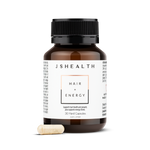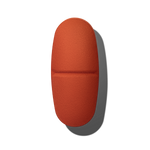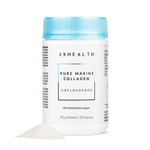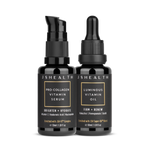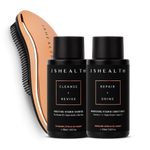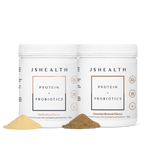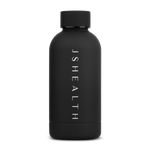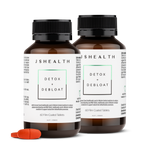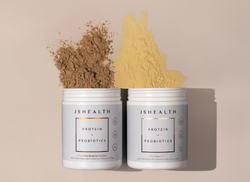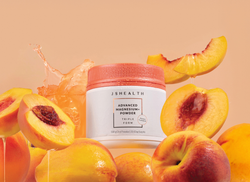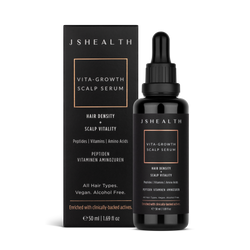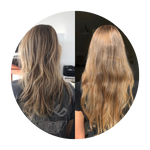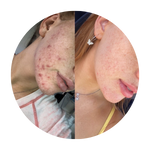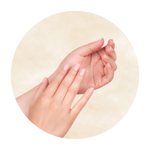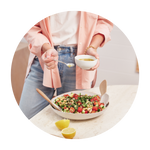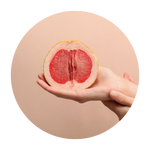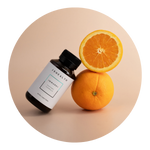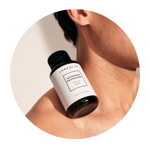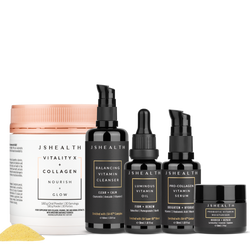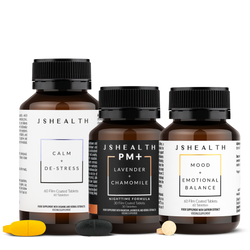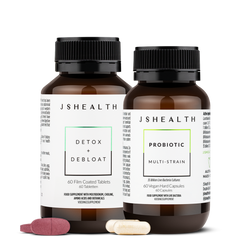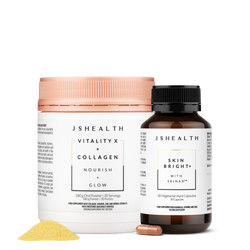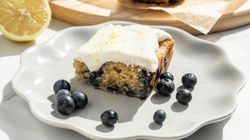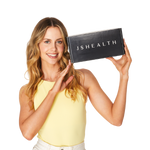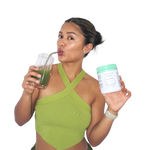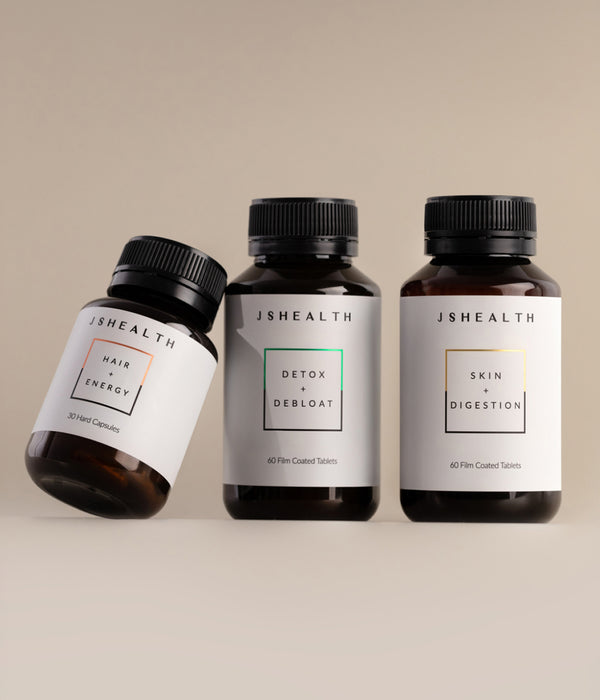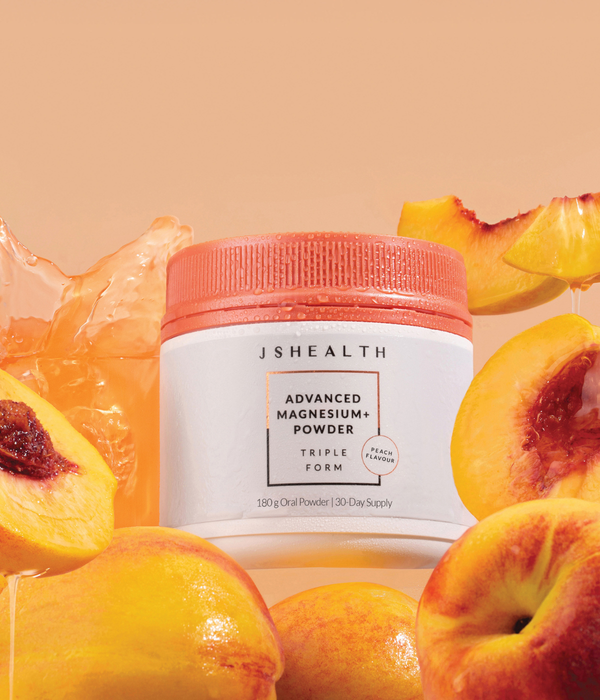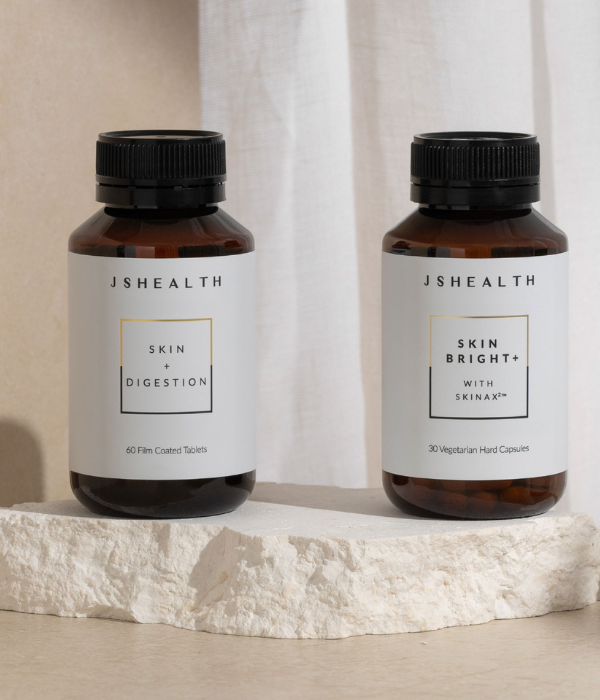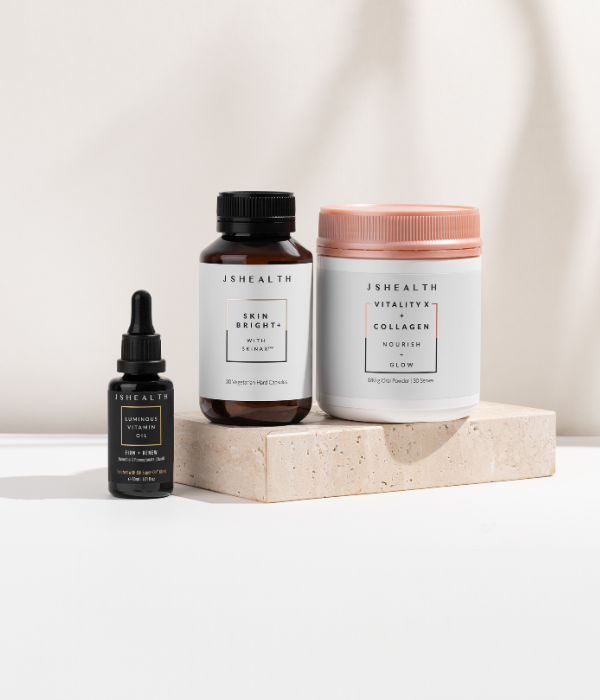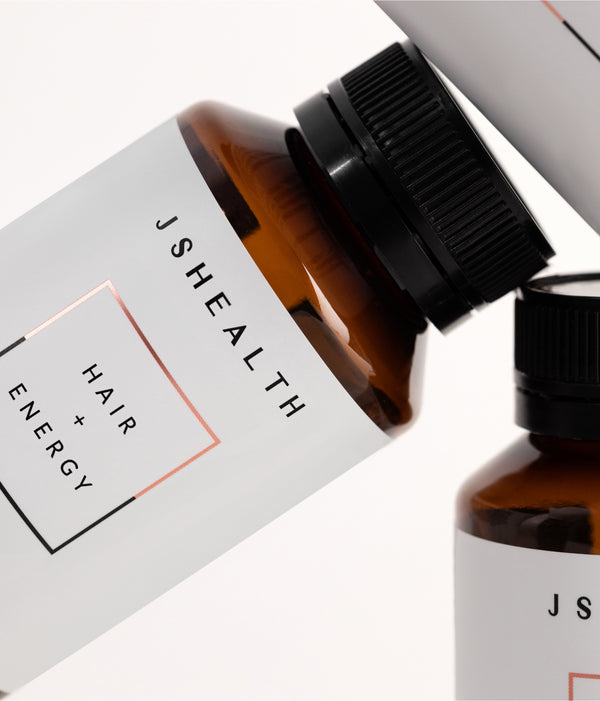3 ways to feel confident in your skin
Embrace filter free skin
In today’s world, it’s hard not to get caught up with social media, leading us to change our beliefs on what true beauty really is. Skin isn't perfect, it's meant to have pores, freckles, beauty spots (they have the world ‘beauty’ in there for a reason!), and sometimes blackheads and pimples. Try to remember that airbrushed and filtered photos are not real, no one was born to look like that. It’s time to practise accepting your skin as it is. Here are some positive affirmations to get that confidence back on track:
- I take good care of my skin
- I drink enough water so that my skin is hydrated
- My skin in radiant
- My skin is happy
Support it from the inside, out
Did you know that your skin and gut health are linked? The connection between the two inspired the creation of this formulation. Think of our Skin + Digestion vitamins as a tool that contributes to normal skin and digestion. The formula contains Zinc, Burdock, Vitamins B2, Vitamin C and more.
Hydration
There are links between daily water intake and skin hydration and skin physiology and that it may increase the hydration of the stratum corneum (the outermost layer of the skin). Water makes up a large part of the human body and plays a role in normal physiological balance. The skin's water content plays a role in different skin functions and a deficiency is associated with dermatological impairments.
The skin’s water content contributes to plumpness, elasticity and resilience. The structure of the stratum corneum and fat content of the skin functions as ‘waterproofing’ for the body. Specifically, water intake in those with a low initial water intake, can improve skin thickness and density, prevent water loss and improve hydration.
Reference:
Palma L, Marques LT, Bujan J, Rodrigues LM. Dietary water affects human skin hydration and biomechanics. Clin Cosmet Investig Dermatol. 2015;8:413-421. Published 2015 Aug 3.
Popkin BM, D'Anci KE, Rosenberg IH. Water, hydration, and health. Nutr Rev. 2010;68(8):439-458.
